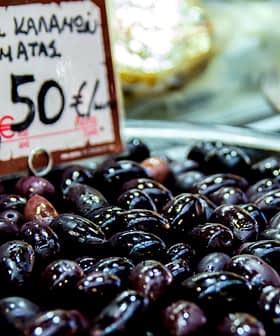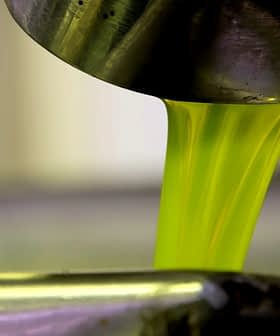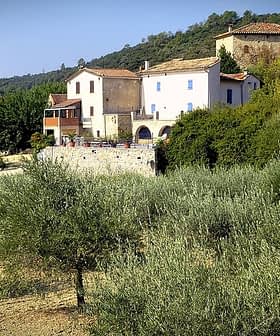The health benefits of olive oil were first attributed to its oleic acid. Now it is now known that olive oil contains a wide range of biological properties that contribute to its positive health effects — tocopherols, sterols, squalene, phenolic compounds and minor substances including carotenoids, aliphatic alcohols, triterpenic acids and others.
Phenolic compounds in particular have been noted in various studies as having significant nutritional benefits for a range of health conditions including cardiovascular disease, cancer, and neurological disorders. In fact, these phenols are so significant that the European Commision recently approved a health claim for olive oil polyphenols because of their contribution to the protection of LDL particles from oxidative damage.
Virgin olive oil of the POD Montoro-Adamuz have phenolic compounds higher than 700 mg/kg during the last six crop seasons.
With so many effective compounds and substances, the chemical composition of olive oil varies widely. According to a recent study published by Romero and Colleagues in the Journal of American Oil Chemical Society, this is due to many things “like olive cultivar, agronomic and pedo-climatic conditions, fruit maturity and technological factors, among others.”
And as the widespread benefits of olive oil are becoming more widely known, consumers are demanding extra virgin olive oil (EVOO) that is rich in these bioactive components, and there is a growing interest in oils from designated origins with consistent compositions.
Concepción Romero and Colleagues analyzed samples of the oils from the PDO Montoro Adamuz over six consecutive crops from 2008 through to 2014. Samples were retrieved from industrial tanks to grade the EVOOs. They also took olives directly from the trees to conduct oil extractions and performed individual quantifications of phenolic compounds and substances in the oil samples.
All oil samples contained an average 79 percent monounsaturated fat, which is at the high end of the regulated scale range of 55 – 83 percent. Squalene showed an average concentration of 5,800 mg/kg. The average value for total tocopherols was 247 mg/kg. The average value for total sterols was 1442 mg/kg — a higher grade value than the minimum 1000 mg/kg for EVOO authenticity by European legislation.
In all samples the phenolic compounds exceeded the minimum value of 700 mg/kg — starting at 756 mg/kg of total phenolic compounds up to 1371 mg/kg dependent on the year of the crop.
The oil samples were very rich in oleuropein and ligustroside aglycons, and the dialdehydic forms of decarboxymethyl elenolic acid linked to hydroxytyrosol and tyrosol.
Hydroxytyrosol, tyrosol, hydroxytyrosol acetylated, hydroxytyrosol glycol were the most present phenolic compounds, followed by flavonoids, luteolin and apigenin. Two phenolic compounds observed in many scientific studies — hydroxytyrosol and tyrosol — were found in higher amounts (an average 184 – 186 mg/kg) than many other reported Spanish oils.
Some interesting observations made were that oils obtained from sunnier areas had higher phenolic concentrations, so too did oils from higher altitudes, while irrigation had no significant influence on any of the bioactive substances.
According to the authors, “the results obtained in this work indicate that virgin olive oil of the POD Montoro-Adamuz are very rich in bioactive substances. They contain a high content in oleic acid, squalene, sterols and tocopherols but they are particularly rich in phenolic compounds, being their concentration higher than 700 mg/kg during the last six crop seasons.”
Due to their composition in bioactive compounds and substances overall, the results revealed that the EVOO of the PDO Montoro-Adamuz is the high-quality kind of fat that much of the scientific literature is attributing positive health benefits to.








